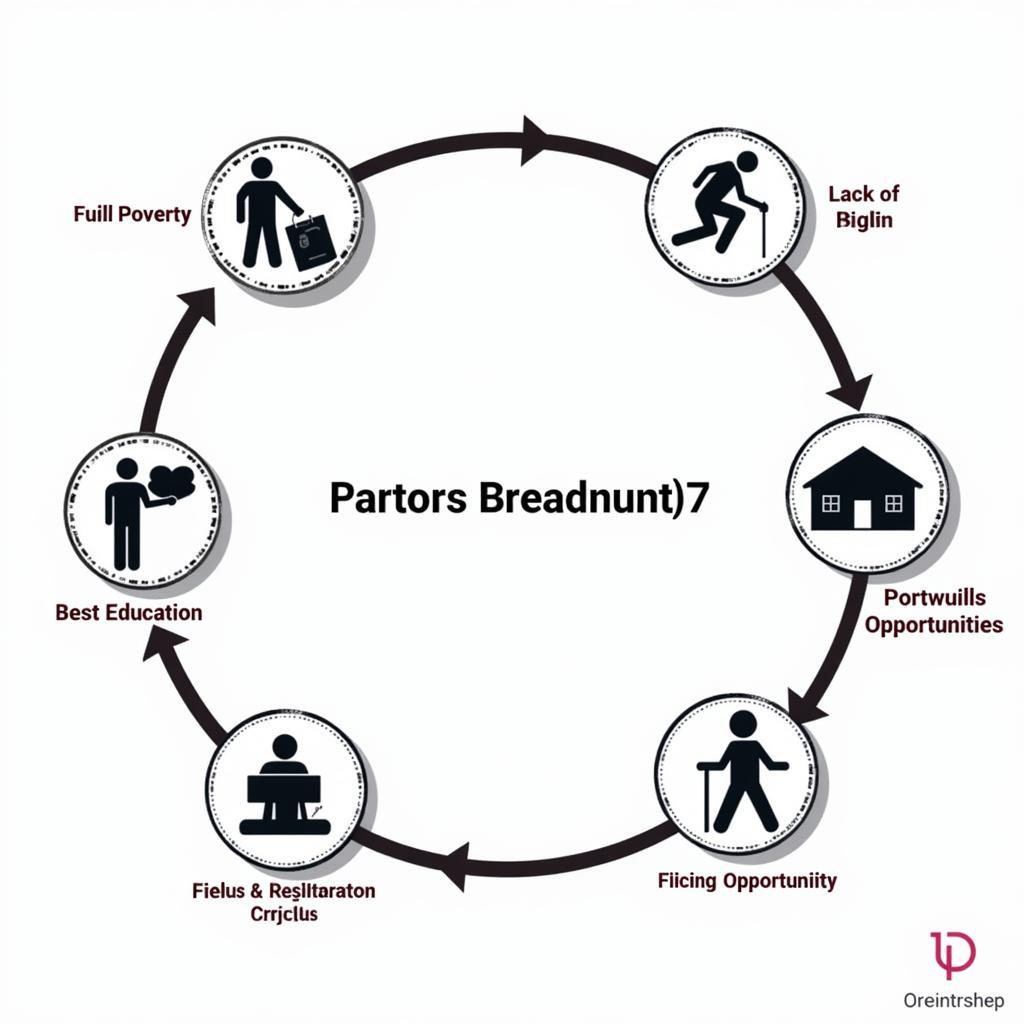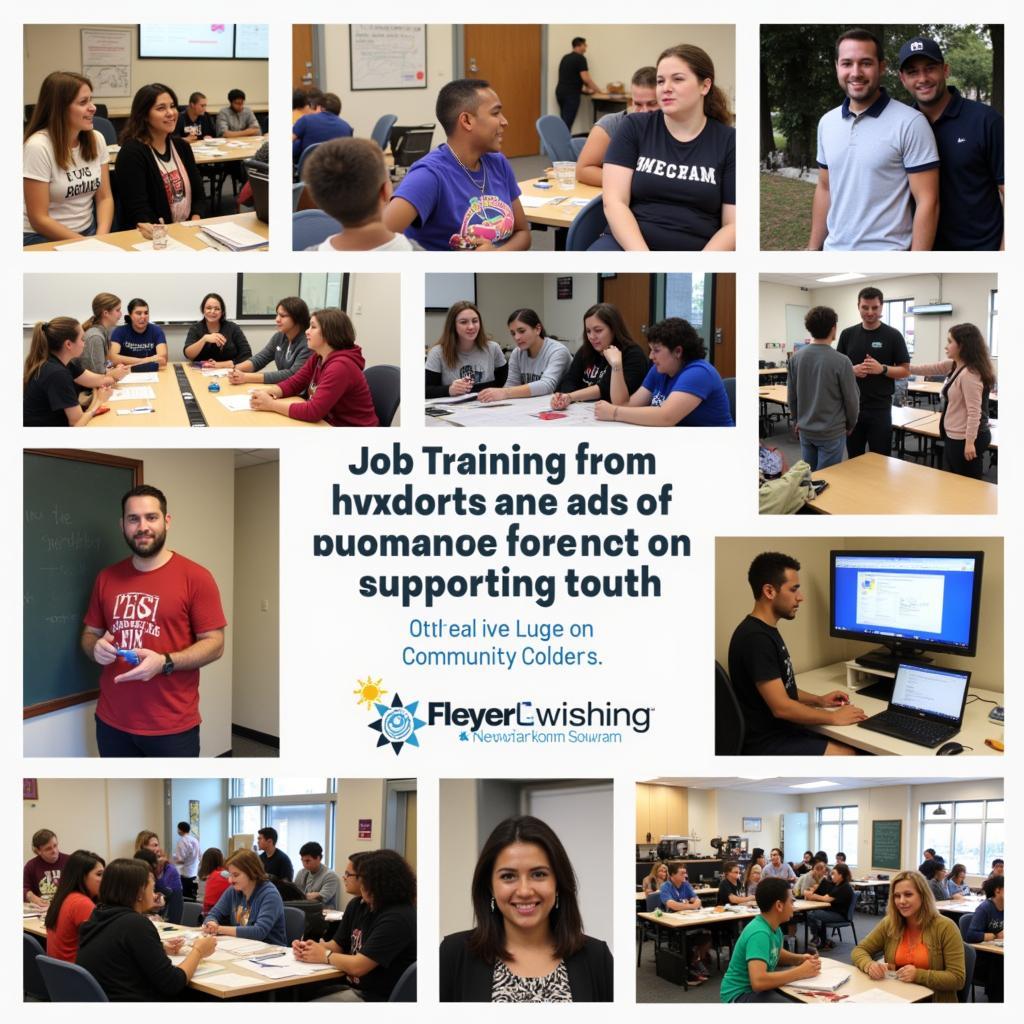The “Menace To Society Ending” is a phrase that resonates deeply with anyone familiar with the 1993 film, “Menace II Society.” The movie, a raw and unflinching portrayal of life in South Central Los Angeles, left audiences contemplating its poignant ending and the complex issues it raised. This article delves into the meaning behind the film’s conclusion, its relevance to societal challenges, and ultimately, the glimmers of hope that peek through the despair.
 Menace II Society Final Scene
Menace II Society Final Scene
Understanding the “Menace to Society” Ending
The film’s ending, both abrupt and haunting, sees the protagonist, Caine Lawson, caught in a drive-by shooting just as he’s on the cusp of escaping the life that has defined him. This turn of events, while shocking, speaks to the harsh realities of the environment the film depicts, where even the slightest hope for redemption can be tragically extinguished.
The tragic irony of Caine’s death, moments before reaching safety and a potential fresh start, underscores the powerful grip of circumstance and the systemic challenges faced by individuals trapped in cycles of poverty and violence. This ending wasn’t just a plot device; it served as a stark commentary on the societal forces that often make escaping such environments an uphill battle.
The Broader Implications: A Cycle Perpetuated
While “Menace II Society” focuses on a specific time and place, its themes resonate far beyond the confines of South Central Los Angeles in the 1990s. The “menace to society” label, often attributed to young black men, reflects deeply ingrained prejudices and societal fears that contribute to the marginalization and criminalization of specific communities.
This label, when internalized, can become a self-fulfilling prophecy. Young individuals, confronted with limited opportunities, discrimination, and a lack of support, may find themselves pushed towards the very behaviors society expects of them. This creates a vicious cycle of disadvantage and despair, making the “menace to society” narrative not just a reflection of reality but also a contributing factor to its perpetuation.
 The Cycle of Violence and Poverty
The Cycle of Violence and Poverty
Seeds of Hope: Breaking the Cycle
The bleakness of the “menace to society ending,” while impactful, doesn’t negate the possibility of change. The film, while highlighting societal failures, also showcases the resilience of the human spirit and the potential for individuals to choose a different path.
Caine’s friend, O-Dog, embodies the perpetuation of violence, reacting to every slight with aggression. However, characters like Ronnie, who escapes to join the military, and even Caine’s own internal struggle to break free, offer glimmers of hope. Their stories, while often overshadowed by the dominant narrative of despair, remind us that even within the most challenging environments, individual choices and external support systems can make a difference.
To truly address the issues raised in “Menace II Society,” we need to move beyond simplistic labels and confront the systemic inequalities that fuel these cycles. Investing in education, providing economic opportunities, and fostering a culture of understanding and empathy are essential steps towards breaking the cycle of violence and creating a more just and equitable society.
For further exploration on similar themes, you can read about movies like Menace to Society.
 Community Support Programs for Youth
Community Support Programs for Youth
FAQ
1. What is the significance of the “menace to society” ending?
The ending serves as a stark commentary on the cyclical nature of violence and the systemic challenges faced by marginalized communities. It highlights the difficulty of escaping these cycles, even when individuals seek a different path.
2. Is the “menace to society” label a fair representation?
The label is a harmful generalization that perpetuates negative stereotypes and ignores the complex realities faced by individuals within these communities. It contributes to a self-fulfilling prophecy, limiting opportunities and reinforcing existing prejudices.
3. Does the film offer any hope for change?
While bleak, the film does offer glimmers of hope through characters like Ronnie and Caine’s own internal struggles. Their stories highlight the potential for individual change and the importance of external support systems.
4. What are some ways to address the issues raised in the film?
Addressing systemic inequalities through investments in education, economic opportunities, and community support programs is crucial. Fostering empathy, understanding, and challenging harmful stereotypes are also essential steps.
5. How can I learn more about the themes explored in “Menace II Society”?
Exploring other films and resources that delve into similar themes, engaging in open dialogues about race and inequality, and supporting organizations working to empower marginalized communities are all valuable ways to learn more.
If you’d like to learn more about the cultural significance of the clothing worn in the movie, check out our article on dashiki menace to society.
Conclusion
The “menace to society ending” remains a powerful reminder of the complex societal issues we face. While the film depicts a bleak reality, it also underscores the importance of hope, individual agency, and collective action in breaking cycles of violence and creating a more just and equitable world for all. If you’re interested in understanding more about the meaning of the term itself, you can read our article on what does menace to society mean.
For those passionate about these topics and interested in the impactful soundtrack of the film, we encourage you to explore our page on menace 2 society ost. For further support and information on promoting peace and understanding, please don’t hesitate to reach out to us. You can contact us via:
Phone Number: 02043854663
Email: [email protected]
Address: Khu 34, Bắc Giang, 260000, Việt Nam.
Our dedicated team is available 24/7 to assist you.